Home>Garden Essentials>How To Grow Peanuts From Seed
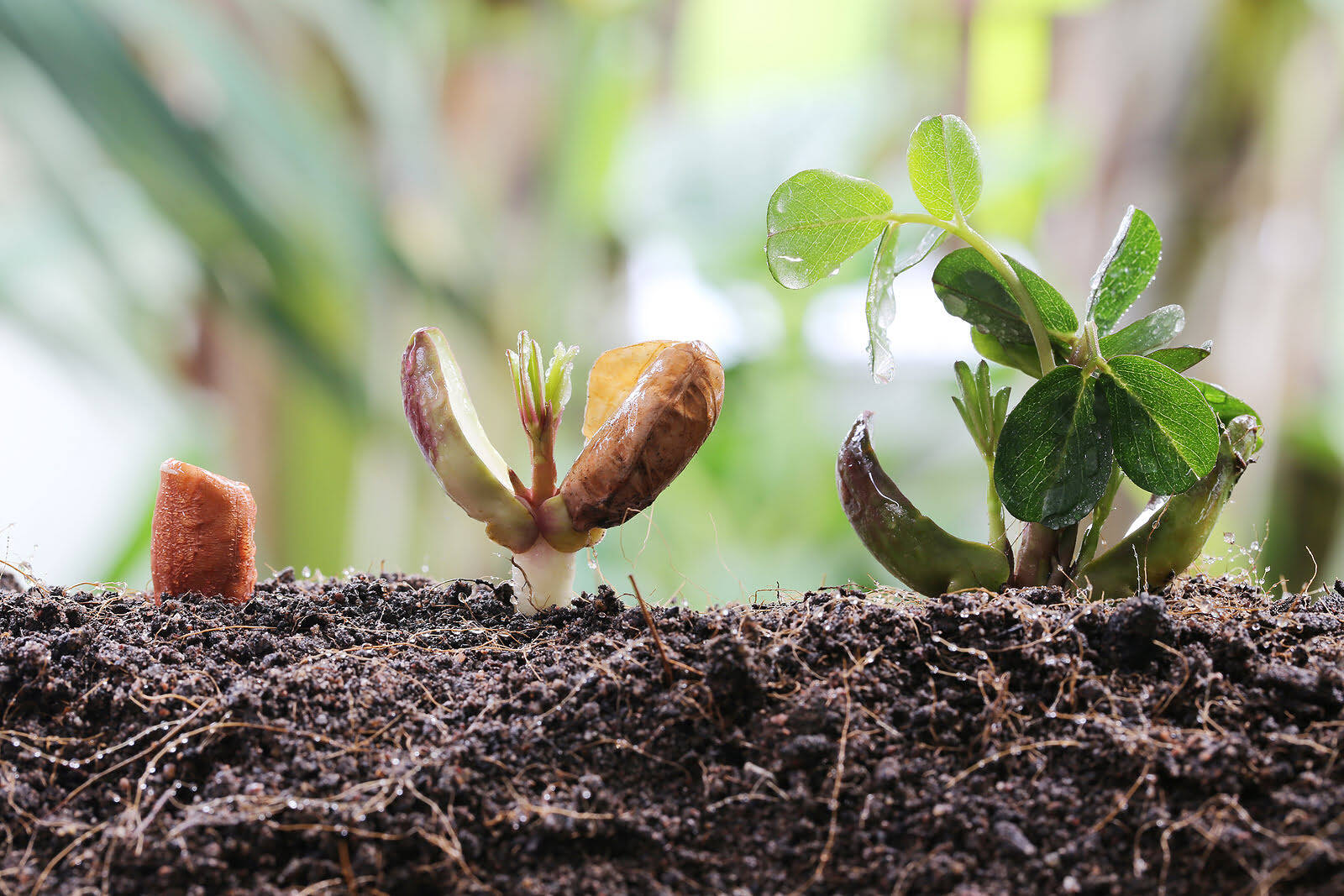

Garden Essentials
How To Grow Peanuts From Seed
Modified: March 15, 2024
Learn how to grow peanuts from seed in your garden and enjoy fresh, homegrown peanuts. Follow our step-by-step guide to get started today!
(Many of the links in this article redirect to a specific reviewed product. Your purchase of these products through affiliate links helps to generate commission for Storables.com, at no extra cost. Learn more)
Introduction
Welcome to the wonderful world of growing peanuts from seed! Whether you’re a seasoned gardener or a novice looking to try something new, growing your own peanuts can be a rewarding and enjoyable experience. Not only do peanuts provide a delicious and healthy snack, but they also offer a unique opportunity to witness the fascinating process of plant growth from start to finish.
In this article, we will guide you through the steps of growing peanuts from seed, from selecting the right seeds to harvesting your very own crop. So grab your gardening tools and get ready to embark on this exciting journey!
Before we dive into the details, let’s learn a little bit about peanuts. Peanuts, also known as groundnuts, are legumes that belong to the Fabaceae family. They are native to South America but are now grown in various parts of the world. Peanuts are rich in protein, healthy fats, and several key nutrients, making them a popular choice for a nutritious snack.
Growing peanuts requires some patience and care, as they have a unique growth habit. Unlike many other crops, peanuts develop below the ground, making them a fascinating example of geocarpy. The plant produces beautiful yellow flowers that self-pollinate and eventually grow into pods, which contain the peanuts. Understanding and providing the right growing conditions is crucial for a successful peanut harvest.
So, let’s get started on this peanut-growing adventure by understanding how to choose the right seeds!
Key Takeaways:
- Choose high-quality peanut seeds adapted to your region, store them properly, and prepare well-drained, sunny soil for successful peanut growth.
- Provide consistent moisture, sunlight, and good air circulation while monitoring for pests and diseases to ensure a bountiful peanut harvest.
Read more: How To Grow Dahlia From Seed
Choosing the Right Peanut Seeds
When it comes to growing peanuts from seed, selecting the right seeds is a crucial step in ensuring a successful harvest. Here are some important factors to consider when choosing peanut seeds:
- Variety: Peanuts come in various varieties, each with its own unique characteristics. Some varieties are better suited for certain climatic conditions or soil types, while others have specific disease resistance. Research and choose a peanut variety that is well-adapted to your region.
- Quality: Opt for high-quality seeds that are free from disease, damage, or deformities. Look for certified peanut seeds, which have been tested for germination and quality standards. Healthy seeds will have a good weight and uniform size.
- Seed Treatment: Consider whether the seeds have been treated with fungicides or other treatments. Treated seeds help protect the young plants from soilborne diseases and pests. However, if you prefer organic gardening, look for untreated seeds.
- Supplier: Purchase peanut seeds from reputable suppliers or nurseries to ensure reliability and quality. Ask for recommendations from fellow gardeners or consult local agricultural extension offices for trusted sources.
- Quantity: Calculate the quantity of seeds you will need based on the area you plan to cultivate. Generally, you will need around 1-2 pounds of seeds for every 100 square feet. It’s better to have slightly more seeds than required in case of any losses.
Once you have chosen the right peanut seeds, it is important to store them properly before planting. Keep the seeds in a cool, dry place away from direct sunlight. Proper storage conditions will help maintain the seed viability and increase the chances of successful germination.
Now that you have your peanut seeds ready, it’s time to prepare the soil before planting. Let’s move on to the next step!
Preparing the Soil
Before you can plant your peanut seeds, it is essential to prepare the soil to provide the optimal growing conditions for your plants. Here’s what you need to do:
- Choose the Right Location: Peanuts thrive in well-drained soil with full sun exposure. Select a location in your garden that receives at least 6-8 hours of direct sunlight per day. Avoid areas with heavy clay or waterlogged soil, as peanuts prefer loose, sandy soil.
- Clear the Area: Remove any weeds, rocks, or debris from the planting area. This will prevent competition for nutrients and space, allowing the peanut plants to grow freely.
- Test the Soil: Conduct a soil test to determine the pH level and nutrient content of your soil. Peanuts prefer a slightly acidic soil with a pH range of 5.8 to 6.2. Based on the soil test results, you may need to amend the soil with lime to raise the pH or sulfur to lower it.
- Improve Soil Structure: Peanuts require loose, well-draining soil for healthy root development. If your soil is heavy or compacted, incorporate organic matter like compost or well-rotted manure to improve its structure and drainage.
- Provide Adequate Drainage: If your soil has poor drainage, consider creating raised beds or mounds to ensure excess water drains away. This will prevent waterlogging, which can lead to root rot and other plant diseases.
Once you have prepared the soil, it’s time to plant your peanut seeds. In the next section, we will guide you through the process of planting peanuts. Let’s dig in!
Planting the Peanut Seeds
Now that you have prepared the soil, it’s time to plant your peanut seeds. Follow these steps to ensure successful planting:
- Timing: Plant peanuts after the danger of frost has passed and the soil temperature consistently reaches around 65°F (18°C). This typically occurs in the spring, depending on your region. Peanuts require a longer growing season, so make sure you have sufficient time before the first frost in the fall.
- Row Spacing: Create rows in your garden that are spaced around 24 to 36 inches apart. This spacing allows the peanut plants to grow and spread comfortably without overcrowding. If you have limited space, you can also plant peanuts in containers or raised beds.
- Seed Depth: Plant peanut seeds about 1 to 2 inches deep into the soil. Place the seeds with the pointed end facing downwards, as this is where the roots will emerge. Space the seeds around 4 to 6 inches apart within the row. You can also plant multiple seeds together in a cluster and thin them later, leaving the strongest seedlings.
- Cover and Water: After planting the seeds, gently cover them with soil and lightly pat it down. Water the soil thoroughly but gently to ensure the seeds are adequately moistened. Avoid heavy watering that can wash away the seeds or create puddles. Keep the soil consistently moist but not waterlogged throughout the germination and growing process.
- Provide Support: Peanuts have a unique habit of sending their flowers and pegs (the structures that develop into peanuts) into the ground. To prevent the pegs from being buried too deep, you can cover the rows with a layer of loose straw or mulch. This will provide support and allow easier access to the developing peanuts.
Once you have planted your peanut seeds, it’s important to provide the ideal growing conditions to ensure their healthy growth. The next section will guide you through the essential factors for optimal growth. Keep on reading!
Providing the Ideal Growing Conditions
For your peanut seeds to thrive and develop into healthy plants, it is crucial to provide them with the ideal growing conditions. Here’s what you need to consider:
- Sunlight: Peanuts require full sun exposure for at least 6-8 hours a day. Make sure your planting location receives adequate sunlight to promote healthy growth and maximize peanut production.
- Temperature: Peanuts prefer warm temperatures between 70°F to 90°F (21°C to 32°C). Avoid extreme cold or freezing temperatures, as they can stunt the growth of peanut plants and affect the development of peanuts.
- Soil Moisture: Peanuts need consistent moisture, especially during the flowering and pegging stages. The soil should be consistently moist but not waterlogged. As the peanuts develop, monitor the moisture levels closely to prevent the soil from drying out. Mulching can help retain moisture and prevent weed growth.
- Nutrient Requirements: Peanuts require a balanced supply of essential nutrients for healthy growth and peanut production. Prior to planting, incorporate organic matter or a well-balanced fertilizer into the soil. Nitrogen, phosphorus, and potassium are crucial for peanut growth. However, avoid excessive nitrogen, as it can increase the foliage at the expense of peanut development.
- Weed Control: Keep the planting area free from weeds, as they compete with peanut plants for nutrients, water, and sunlight. Regularly remove weeds by hand or use mulch to suppress their growth. Be careful when weeding, as peanut plants have shallow roots.
- Air Circulation: Good air circulation is essential to prevent disease development and promote healthy plant growth. Avoid overcrowding the peanut plants, as this can restrict airflow and increase humidity levels, leading to fungal diseases.
- Support Structures: As peanut plants grow, they tend to lean and sprawl along the ground. To prevent the pegs from being buried too deep and to facilitate easier access to the developing peanuts, consider providing support structures like trellises or stakes. This will also help improve air circulation and reduce the risk of disease.
By providing these ideal growing conditions, you will create a conducive environment for your peanut plants to thrive and produce a bountiful harvest. The next section will cover the essential aspect of watering your peanut plants. Let’s keep going!
Plant peanuts in well-drained soil with plenty of sunlight. Space seeds 2 inches apart and 1 inch deep. Keep soil consistently moist but not waterlogged. Harvest when the plants start to yellow and the pods are mature.
Read more: How To Grow Hollyhocks From Seed
Watering the Peanut Plants
Proper watering is crucial for the healthy growth and development of peanut plants. Here are some essential tips to ensure your peanut plants receive adequate moisture:
- Water Consistently: Peanut plants need consistent moisture throughout their growing season. Monitor the soil moisture levels regularly and water whenever the top inch of soil feels dry. Avoid allowing the soil to dry out completely or become waterlogged, as both extremes can negatively impact plant growth and peanut production.
- Deep Watering: When you water the peanut plants, make sure to water deeply. This encourages the development of a strong root system that can access moisture deeper in the soil. Watering deeply also helps prevent the development of shallow roots, which are more susceptible to drying out.
- Water in the Morning: It is best to water your peanut plants early in the morning. This allows the foliage and soil to dry out during the day, reducing the risk of fungal diseases. Watering in the evening can lead to prolonged moisture on the leaves, which can promote the growth of mold and diseases.
- Use Drip Irrigation or Soaker Hoses: Consider using drip irrigation or soaker hoses to deliver water directly to the root zone of the peanut plants. This helps minimize water waste through evaporation and ensures efficient water delivery where it is needed the most.
- Avoid Overhead Watering: Peanuts are prone to fungal diseases, and watering the foliage with overhead methods can increase the chances of disease development. Try to water at the base of the plant, avoiding wetting the leaves as much as possible.
- Mulching: Apply a layer of organic mulch, such as straw or wood chips, around the peanut plants. Mulching helps retain moisture in the soil, preventing rapid evaporation and reducing weed growth. It also helps regulate soil temperature and prevents soil erosion.
- Adjust Watering as Needed: Pay attention to the weather conditions and adjust your watering schedule accordingly. During hot and dry periods, you may need to water more frequently, while rainy spells may require you to reduce watering to avoid waterlogged soil.
By following these watering practices, you can ensure that your peanut plants receive the right amount of moisture for healthy growth and optimal peanut production. The next section will cover important tips for controlling pests and diseases. Keep reading!
Controlling Pests and Diseases
Like any other plant, peanuts are susceptible to pests and diseases that can affect their growth and yield. Here are some tips for controlling common peanut pests and diseases:
- Aphids: Aphids are small, sap-sucking insects that can weaken peanut plants. Monitor your plants regularly and inspect them for aphid infestations. If necessary, use insecticidal soap or horticultural oil to control the population. Encourage natural predators like ladybugs and lacewings, which feed on aphids.
- Fungal Diseases: Peanuts are prone to fungal diseases such as early leaf spot, late leaf spot, and white mold. To prevent these diseases, provide good airflow by spacing your plants adequately and avoiding overcrowding. Remove and destroy any infected plant material immediately to prevent the spread of spores. Applying a fungicide early in the season can also help protect your plants.
- Root-Knot Nematodes: These microscopic worm-like pests can damage peanut roots, leading to stunted growth and reduced yield. Rotate your crops and avoid planting peanuts in the same area for consecutive seasons to reduce nematode populations. Nematode-resistant peanut varieties are also available and can be a good option if nematodes are a persistent problem.
- Tobacco Budworm: The tobacco budworm is a common pest that can damage the flowers and developing pods of peanut plants. Handpick or use organic insecticides to control their population. Introducing natural predators like parasitic wasps can also help keep budworm infestations in check.
- Leaf Miners: Leaf miners are small larvae that tunnel through the leaves, leaving characteristic trails. If leaf miners become a problem, prune and destroy infested leaves to prevent further damage. You can also use organic insecticides to control their population.
- Weed Control: Weeds can compete with peanut plants for nutrients and resources. Regularly remove weeds by hand or use mulch to suppress their growth. Be cautious when applying herbicides, as certain types can damage peanut plants.
Implementing good cultural practices, such as crop rotation, proper sanitation, and adequate weed control, can help prevent and manage many pest and disease issues. Regularly monitor your peanut plants for any signs of trouble and take prompt action to mitigate problems before they escalate.
In the next section, we will explore the harvest and storage of peanuts, the rewarding culmination of your efforts. Keep reading!
Harvesting and Storing Peanuts
Harvesting peanuts is an exciting and rewarding moment in the growing process. Here is a step-by-step guide to help you harvest and store your peanuts:
- Timing: Peanuts are typically ready for harvest around 120 to 160 days after planting, depending on the variety. Look for signs that the peanut plants are maturing, such as yellowing foliage and dried-out pegs.
- Digging: Carefully dig around the base of the peanut plants, a few inches away, and lift the plants out of the ground. Use a garden fork or spade to avoid damaging the peanut pods. Shake off any loose soil and gently remove the plant from the peanuts.
- Allowing to Dry: Once the peanut plants have been removed, allow the peanuts to dry for a couple of days. Place them in a warm, well-ventilated area with good air circulation. This will help cure the peanuts and prepare them for storage.
- Cleaning: After the peanuts have dried, remove any remaining soil or debris from the shells. Gently brush or shake off excess dirt. Avoid using water, as it can affect the quality and shelf life of the peanuts.
- Storage: Place the cleaned and dried peanuts in a cool, dry, and well-ventilated area. Store them in mesh bags, breathable containers, or paper bags. Avoid using airtight containers, as they can cause moisture buildup and increase the risk of mold or rot. Keep the storage area free from pests.
- Shelf Life: Properly stored peanuts can last for several months to a year. However, for optimal flavor and quality, it is best to consume them within 6-8 months. Regularly check stored peanuts for any signs of spoilage, such as mold or a rancid smell, and discard any affected ones.
- Roasting and Enjoying: When you’re ready to enjoy your homegrown peanuts, you can roast them for a delicious and nutritious snack. Preheat your oven to 350°F (175°C), spread the peanuts on a baking sheet, and roast for about 15-20 minutes, stirring occasionally. Allow them to cool before cracking open the shells and savoring the tasty kernels.
Harvesting and storing your peanuts properly will ensure that you can enjoy their rich flavor and nutritional benefits for months to come. Share them with friends and family or use them in your favorite recipes.
Congratulations! You have successfully journeyed through the process of growing peanuts from seed to harvest. Enjoy the fruits of your labor and consider saving some peanuts for future planting, should you decide to embark on this delightful gardening adventure again.
With proper care and attention, you can continue to hone your peanut-growing skills and enjoy the satisfaction of growing your own bountiful harvest year after year.
Happy gardening and happy peanut growing!
Conclusion
Growing peanuts from seed is a rewarding and fascinating experience that allows you to witness the remarkable journey of plant growth from start to finish. By following the steps outlined in this guide, you can successfully grow your own peanuts and enjoy the tasty rewards they offer.
From choosing the right peanut seeds to preparing the soil, planting, providing ideal growing conditions, and controlling pests and diseases, each step plays a crucial role in the success of your peanut harvest. Remember to select quality seeds, maintain proper soil moisture, provide adequate sunlight, and be mindful of potential pests and diseases.
As you nurture your peanut plants through the growing season, take the time to appreciate the unique process of geocarpy as the plants develop their flowers underground and eventually produce the precious peanuts. With patience, care, and attention to detail, your efforts will be rewarded with a bountiful harvest.
Once you have harvested your peanuts, take care to properly clean, dry, and store them to maintain their quality and flavor. Whether you choose to roast them for a delicious snack or use them in your favorite recipes, you will surely appreciate the taste and satisfaction of homegrown peanuts.
As you continue your gardening journey, don’t hesitate to experiment with different peanut varieties, growing techniques, and recipes. Each season provides an opportunity to learn and improve your skills, expanding your knowledge and enjoyment of growing peanuts.
So, gather your gardening tools, select your peanut seeds, and get ready to embark on this exciting adventure. With the right knowledge and a little bit of green thumbs, you will be rewarded with a homegrown harvest of peanuts that will delight both your taste buds and your gardening spirit.
Happy growing and enjoy the delicious taste of your very own peanuts!
Frequently Asked Questions about How To Grow Peanuts From Seed
Was this page helpful?
At Storables.com, we guarantee accurate and reliable information. Our content, validated by Expert Board Contributors, is crafted following stringent Editorial Policies. We're committed to providing you with well-researched, expert-backed insights for all your informational needs.
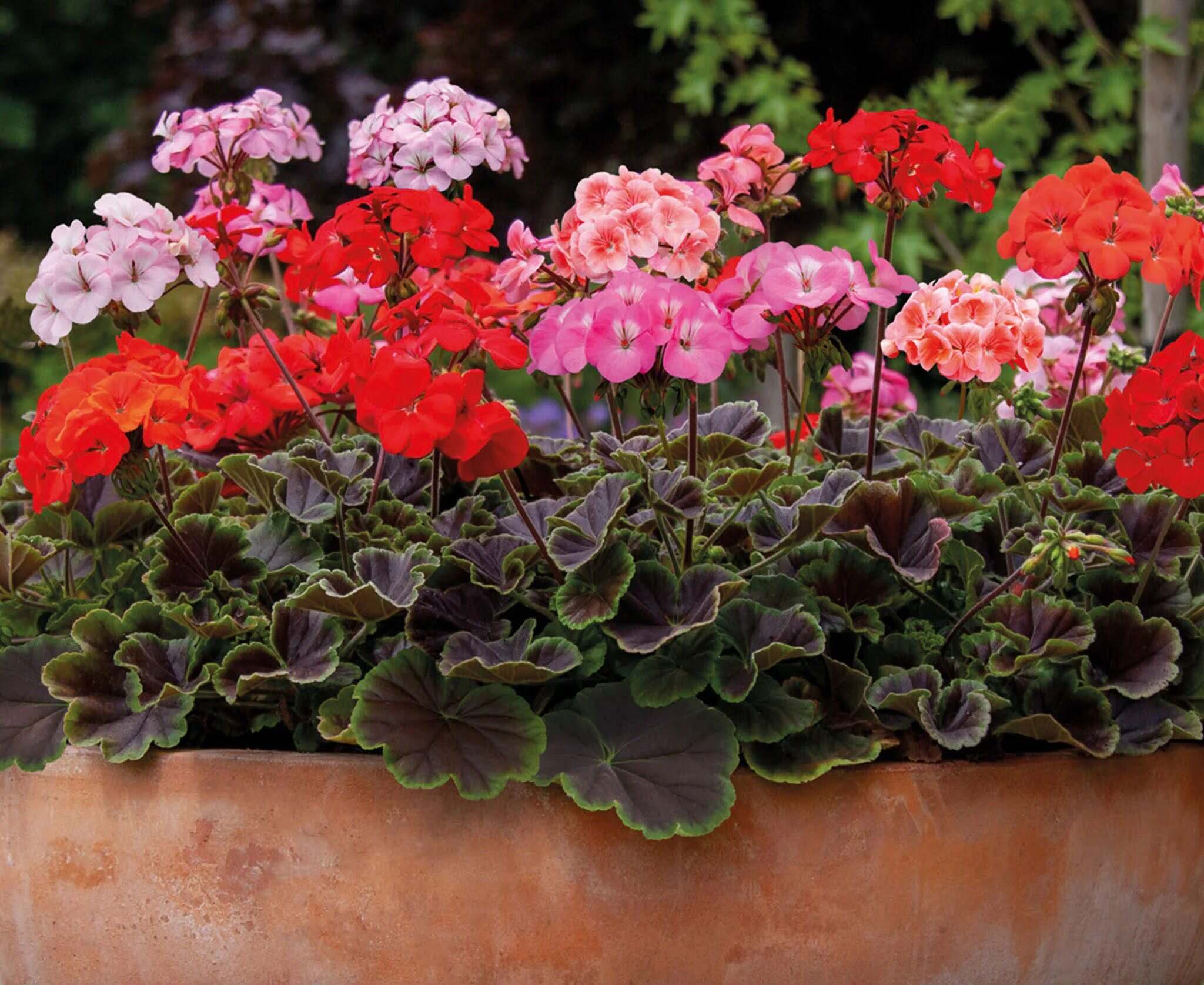
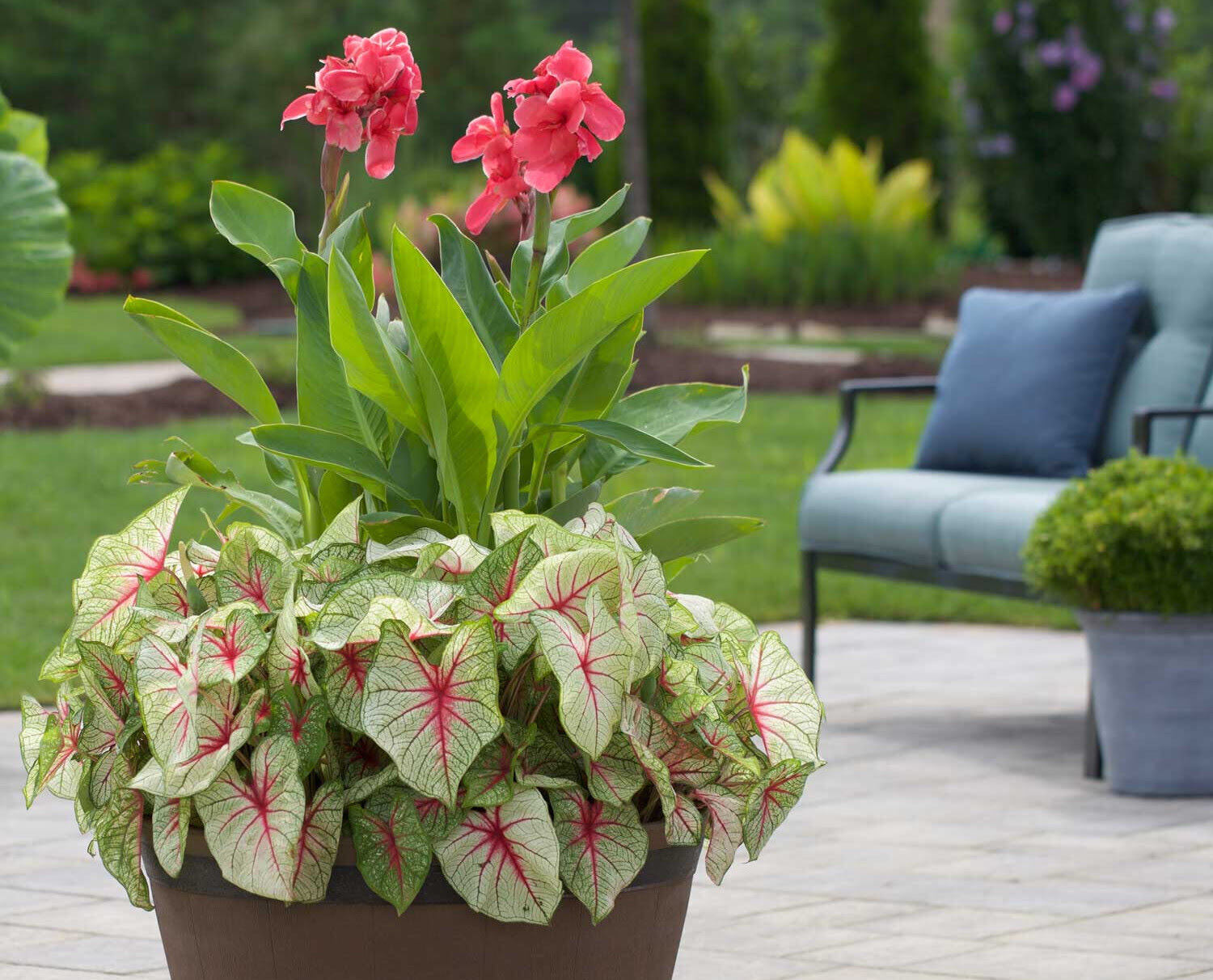
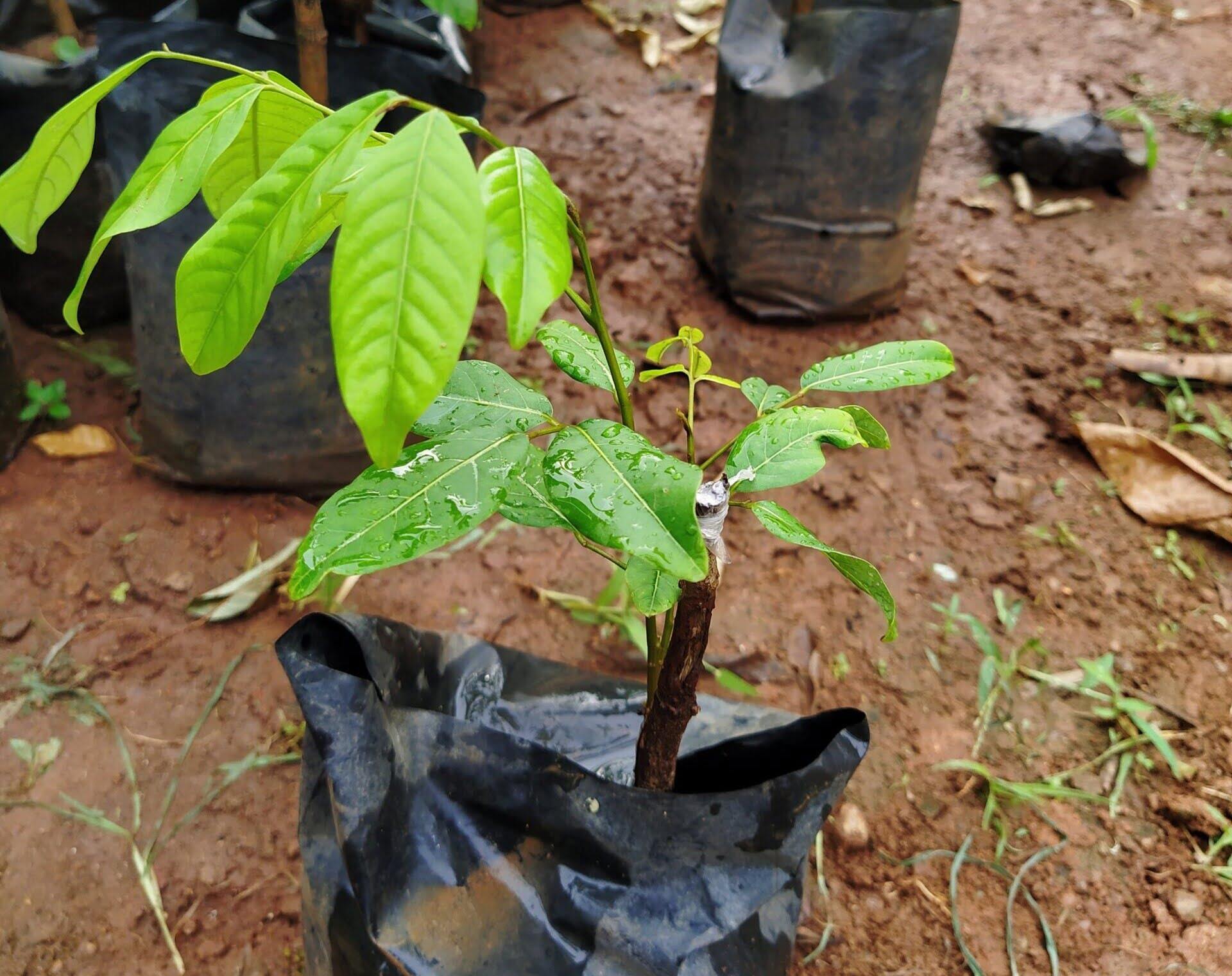
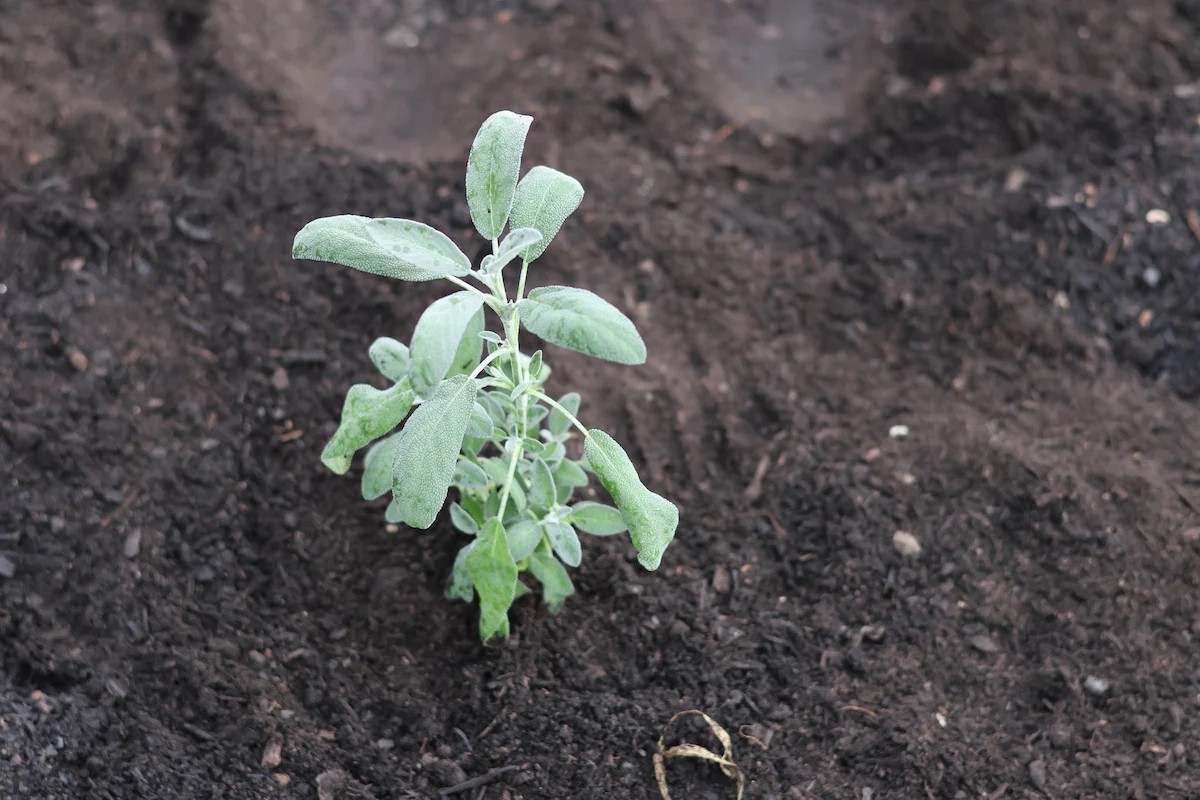
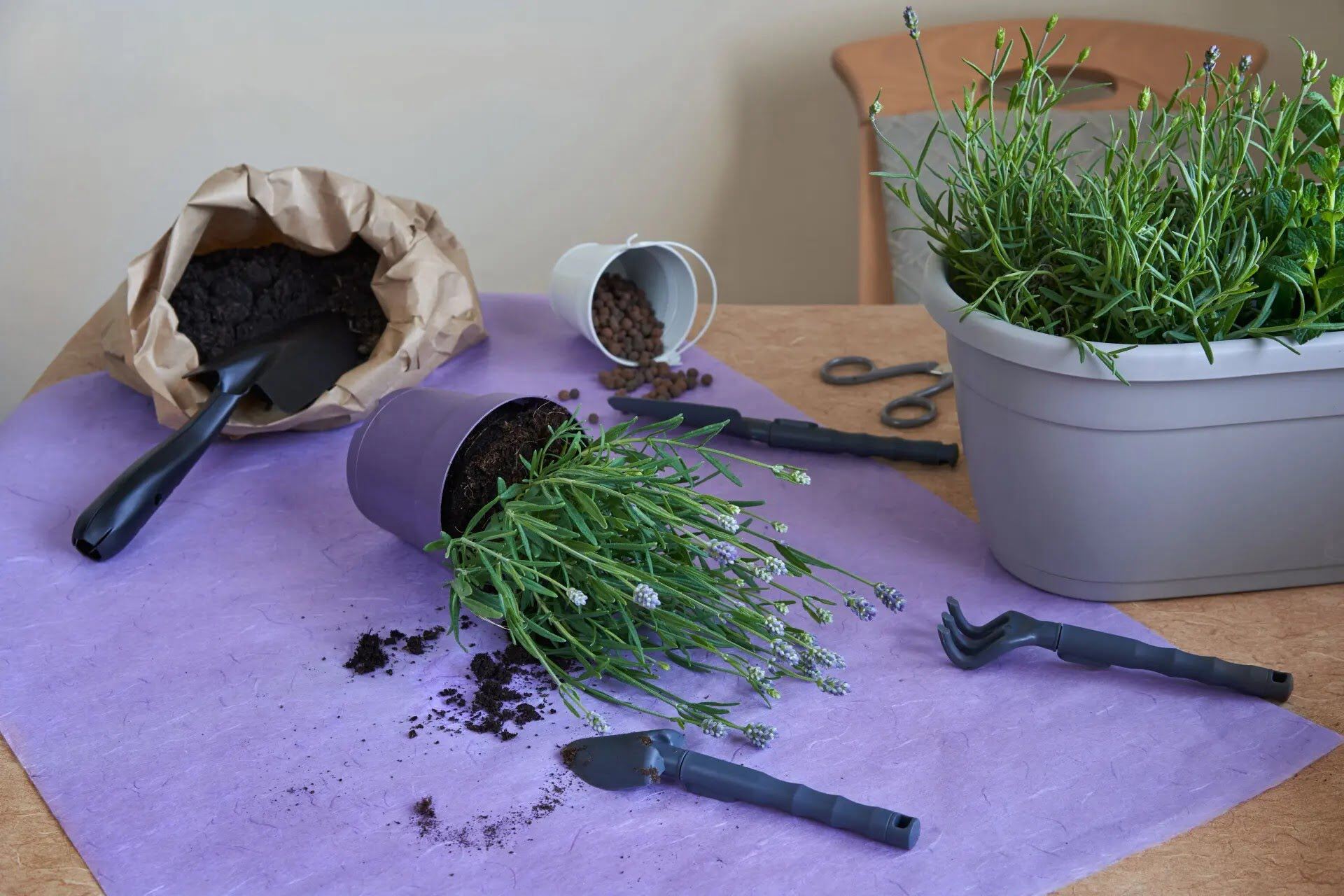
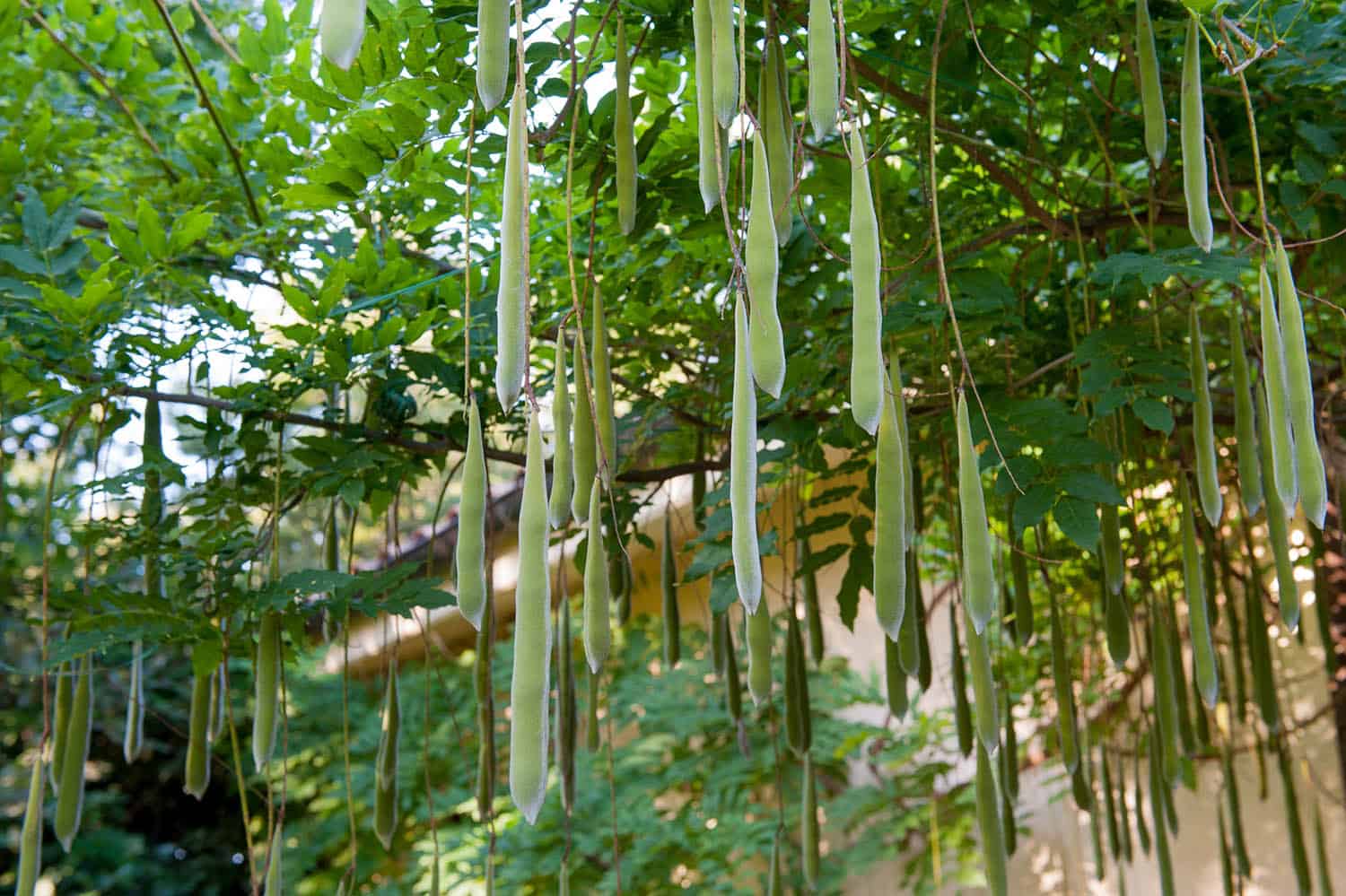
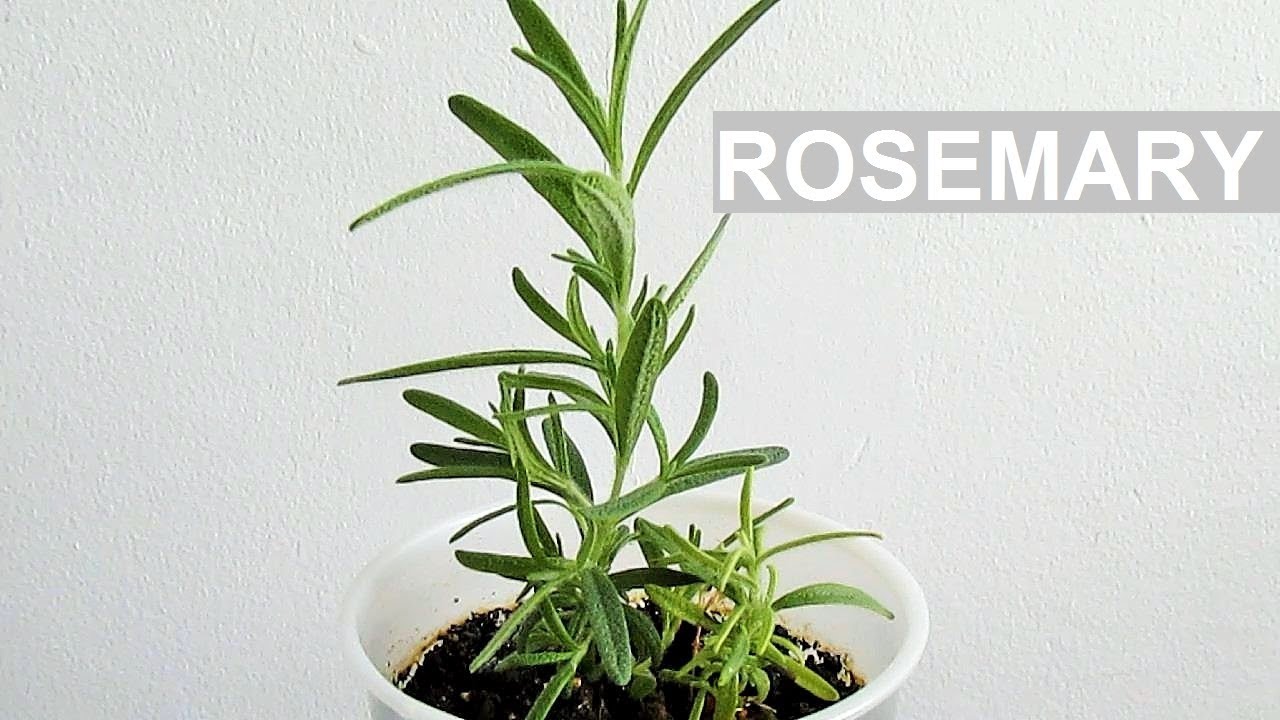
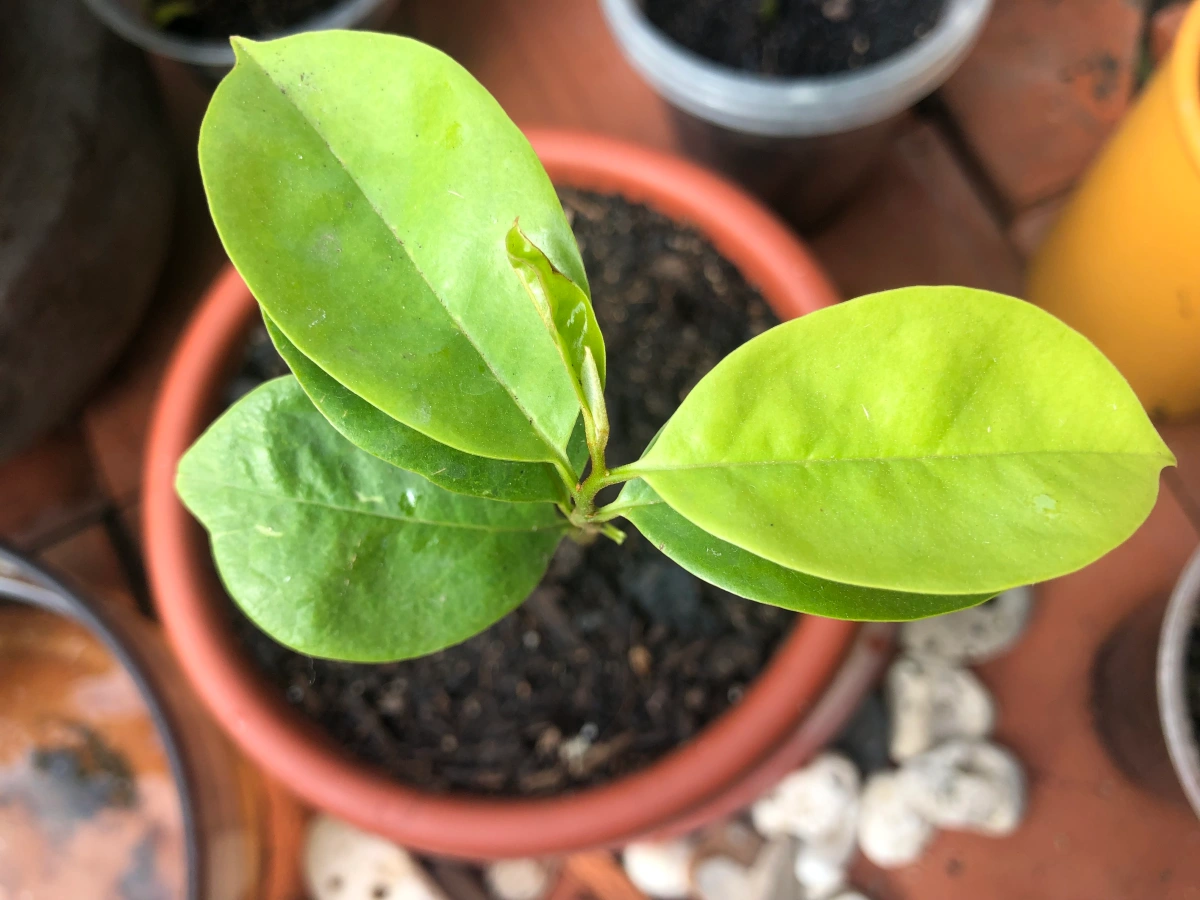
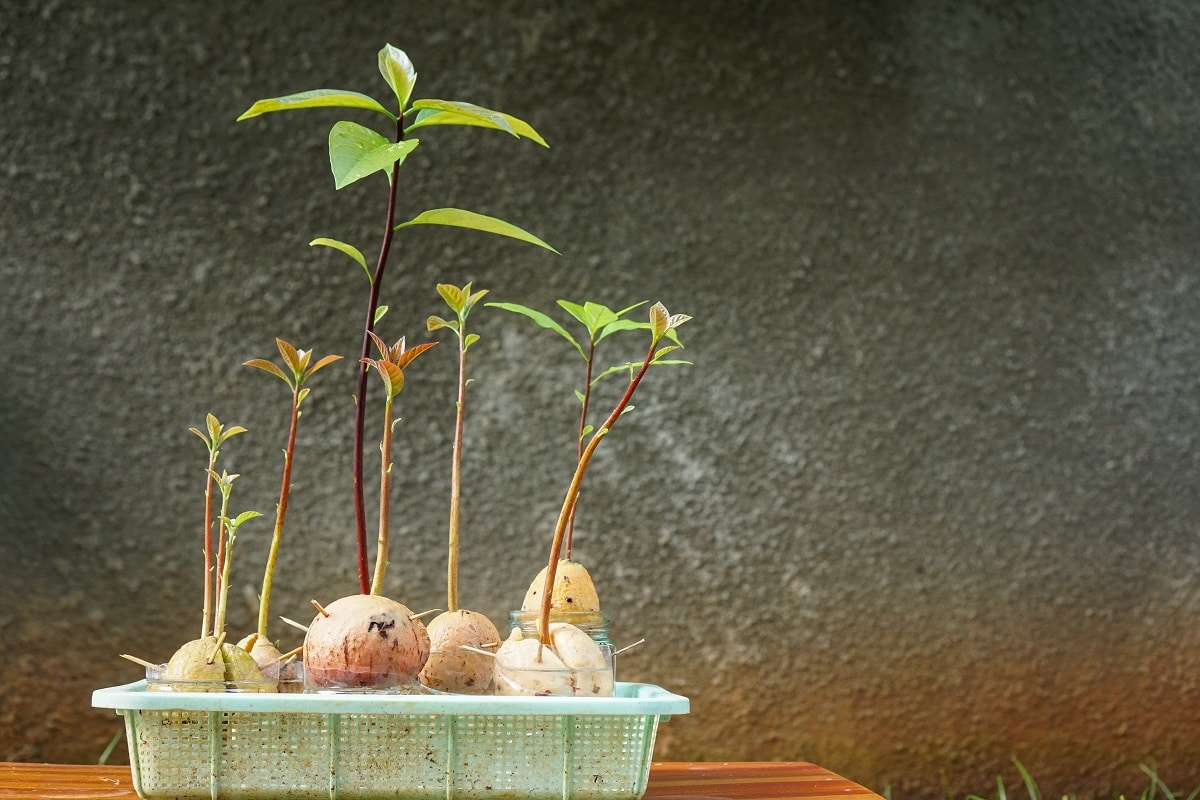






0 thoughts on “How To Grow Peanuts From Seed”